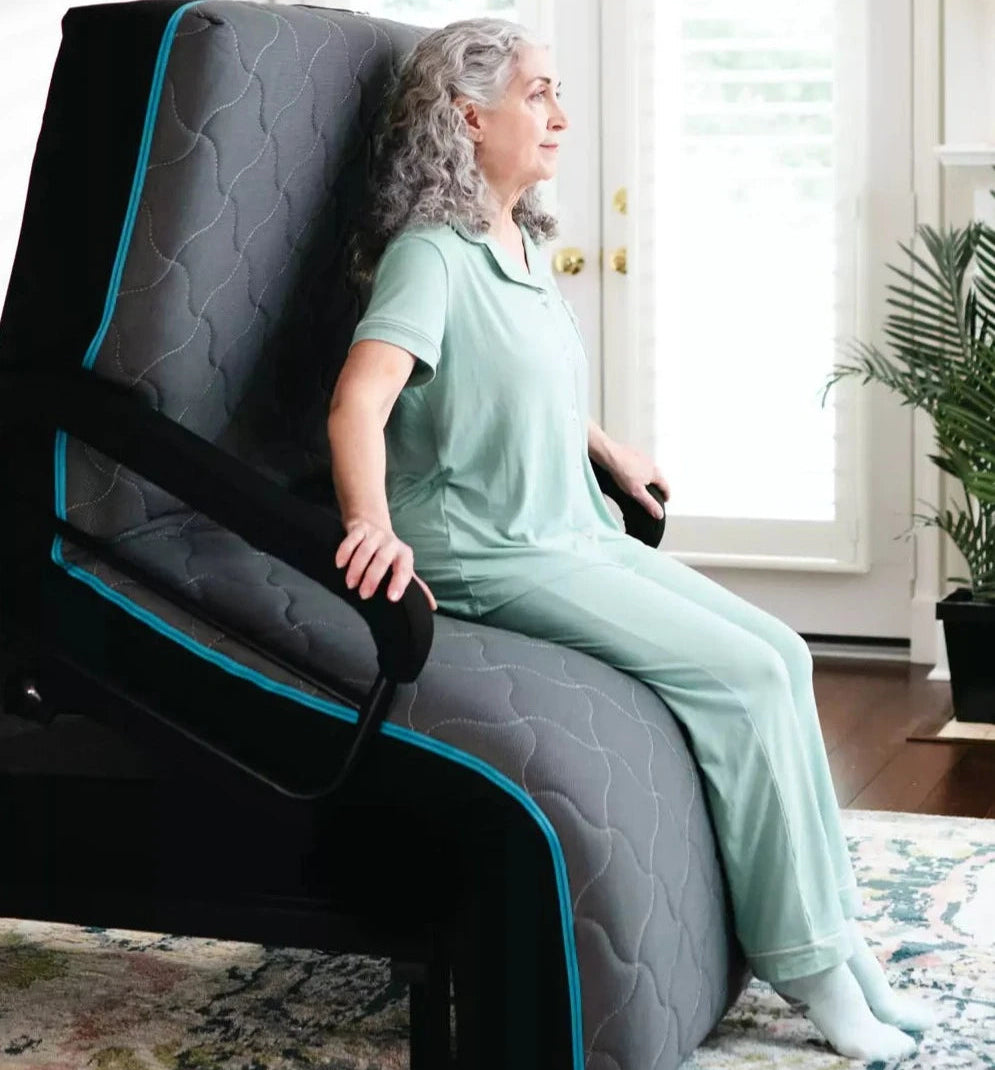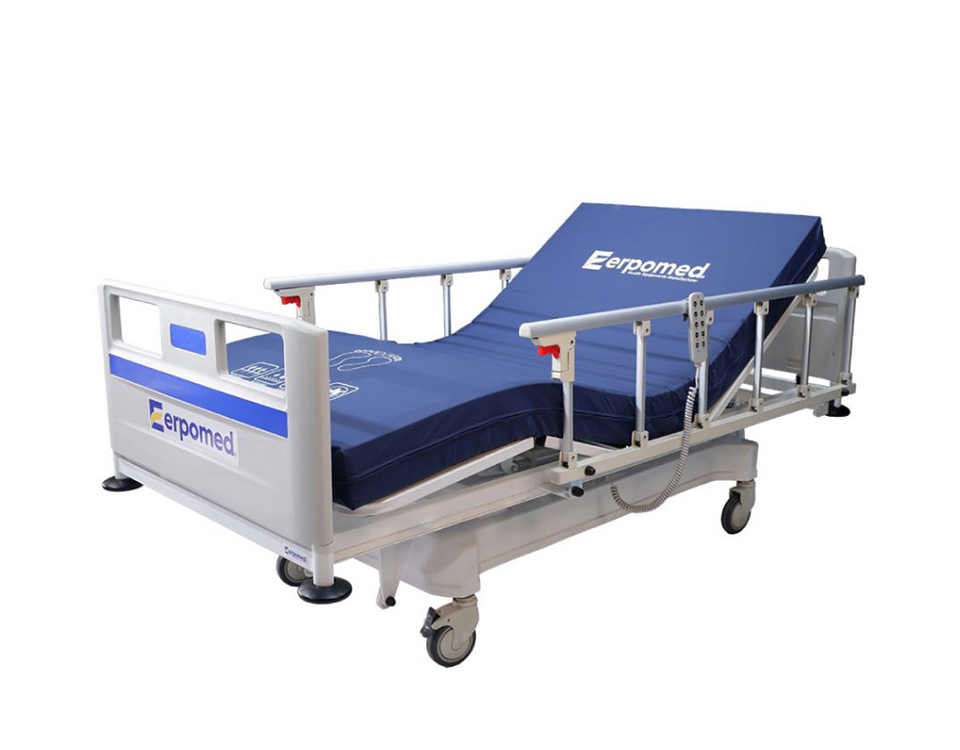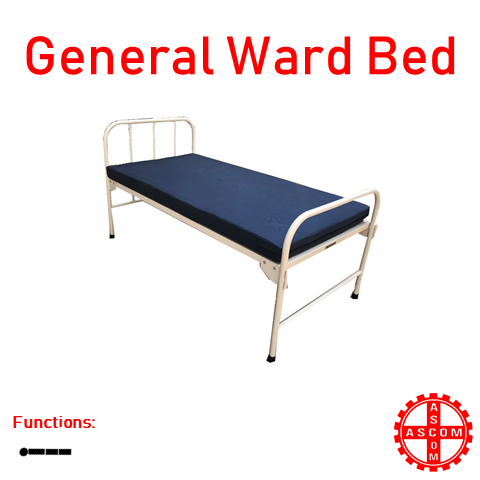The Ultimate Guide To Hospital Beds For Home Use
The Ultimate Guide To Hospital Beds For Home Use
Blog Article
10 Easy Facts About Hospital Beds For Home Use Explained
Table of ContentsSome Known Incorrect Statements About Hospital Beds For Home Use Everything about Hospital Beds For Home UseHospital Beds For Home Use Fundamentals ExplainedMore About Hospital Beds For Home UseGet This Report on Hospital Beds For Home UseSee This Report about Hospital Beds For Home UseIndicators on Hospital Beds For Home Use You Should Know
There are 3 primary kinds of health center beds: guidebook, semi-electric, and fully-electric. These beds utilize hand cranks to adjust the bed's elevation and increase and decrease the head and the foot.
Semi-electric beds have an electric motor to increase and lower the head and foot portions of the bed. Individuals and caretakers readjust the placing by pressing buttons utilizing a hand necklace. The elevation of the bed is adjusted manually with a hand crank. Full-electric beds have an electric motor that can raise the head and foot areas of the bed along with the entire elevation and positioning of the bed.
Some Known Details About Hospital Beds For Home Use
There are a number of types of hospital beds, each designed to fulfill certain individual needs. Here are some usual kinds: This is the most common kind of health center bed, created for general clinical usage.
Lower to the ground than a common bed. This kind of bed is made for larger people, with a bigger structure and higher weight ability than a conventional bed.
This kind of bed is created for critically unwell individuals who require open surveillance and specialized medical devices such as ventilators and infusion pumps. This sort of bed is developed for usage during labor and distribution, with adjustable placements and features to support the mommy and baby throughout the birth procedure.
6 Easy Facts About Hospital Beds For Home Use Described
Multiple function and the accessories do increasing traction to various components of the vertebra and the extremities without relocating the human body. These are simply a couple of instances of the sorts of hospital beds offered. The specific sort of bed utilized will depend upon the person's condition, clinical demands, and other factors.
Below is the point you require to understand. A one-function medical facility bed is a clinical bed that enables an individual to relocate just the head or foot area up or down. A 2 feature healthcare facility bed generally refers to a kind of clinical bed that has 2 adjustable functions to help clients in hospitals or care facilities.

Hospital Beds For Home Use Can Be Fun For Anyone
A 7-function ICU bed is a kind of clinical bed that offers numerous adjustable features to support seriously ill individuals in a critical care unit (ICU) (hospital beds for home use). The seven features usually consist of: Backrest change: The backrest can be changed to various angles to help the person stay up or lie down pleasantly
Height modification: The bed can be elevated or visit the site lowered to make it simpler for people to enter and out of bed, and for caregivers to provide care. Trendelenburg placement: The whole bed can be tilted to promote blood circulation and blood circulation in the body. Reverse Trendelenburg placement: The bed can additionally be tilted in the contrary direction to advertise blood circulation and flow in the top body.
While more inexpensive than electric models, these beds require physical effort for adjustments. The primary benefits of hand-operated beds are their cost and reliability, as they do not rely upon electrical power. Nevertheless, the requirement for hands-on effort can be a restriction in circumstances where quick adjustments are required or where caregivers deal with physical difficulties.
Not known Facts About Hospital Beds For Home Use
Semi-electric hospital beds supply a balance of guidebook and electric controls. These beds give a perfect middle ground in between guidebook and totally electrical options, offering ease of usage without the full price of electrical models.
Semi-electric beds are well-suited for people who require modest changes to the head and foot sections however can manage without regular height modifications. This makes them a cost-efficient service for those seeking comfort and comfort without the demand for consistent repositioning. Fully electric medical facility beds feature electric controls for seamless changes to the elevation, head, and foot sections.
Specialized hospital beds, such as ICU beds, long-lasting care beds, and bariatric beds, are very carefully designed to attend to certain clinical demands. These beds supply customized care for diverse person teams, boosting both end results and convenience. In the following sections, we will certainly explore the main sorts of specialty healthcare facility beds, describing their particular benefits and applications.
With years of experience in manufacturing electrical straight actuators - hospital beds for home use and close partnership with the medical care market, TiMOTION is well-positioned to offer trusted medical care services. Our up and down integrated business handles every action of the production procedure, from style to actuator assembly, ensuring we supply phenomenal value and tailored read more remedies tailored to my sources your particular needs
Facts About Hospital Beds For Home Use Revealed

To read more regarding integrating these technologies into your items, call us today. Additional analysis:.
Information is sourced from the Medicare Expense Report. Accessed January 2025. Temporary severe care hospitals have the highest possible typical number of beds at 187. They are the most common kind of hospital in the U.S. and make up more than 50% of U.S. health centers. Children's hospitals have 178 beds typically and VA health centers typical 175 beds.

Unknown Facts About Hospital Beds For Home Use
A hospital bed is a bed made specifically for clinical purposes. It is not only an area for people to rest, yet likewise a system for medical operations. Unlike ordinary home beds, medical facility beds usually have flexible features, which can help with clinical team to make various modifications according to the demands of individuals, such as altering the elevation, disposition, and assistance angle of the back and legs of the bed.
Report this page